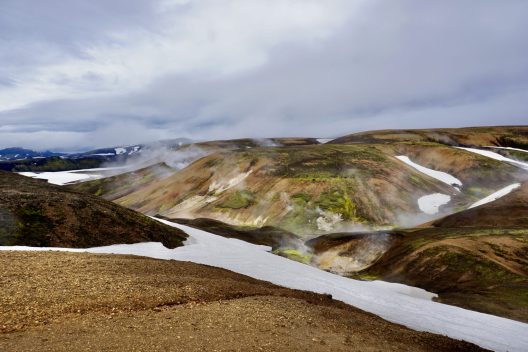
Volcanoes draw plenty of attention when they erupt. But new research led by the University of Washington shows that volcanoes leak a surprisingly high amount of their atmosphere- and climate-changing gases in their quiet phases. A Greenland ice core shows that volcanoes quietly release at least three times as much sulfur into the Arctic atmosphere than estimated by current climate models.
The study, led by the University of Washington and published Jan. 2 in Geophysical Research Letters, has implications for better understanding Earth’s atmosphere and its relationship with climate and air quality.
“We found that on longer timescales the amount of sulfate aerosols released during passive degassing is much higher than during eruptions,” said first author Ursula Jongebloed, a UW doctoral student in atmospheric sciences. “Passive degassing releases at least 10 times more sulfur into the atmosphere, on decadal timescales, than eruptions, and it could be as much as 30 times more.”
Read more at UW News »
